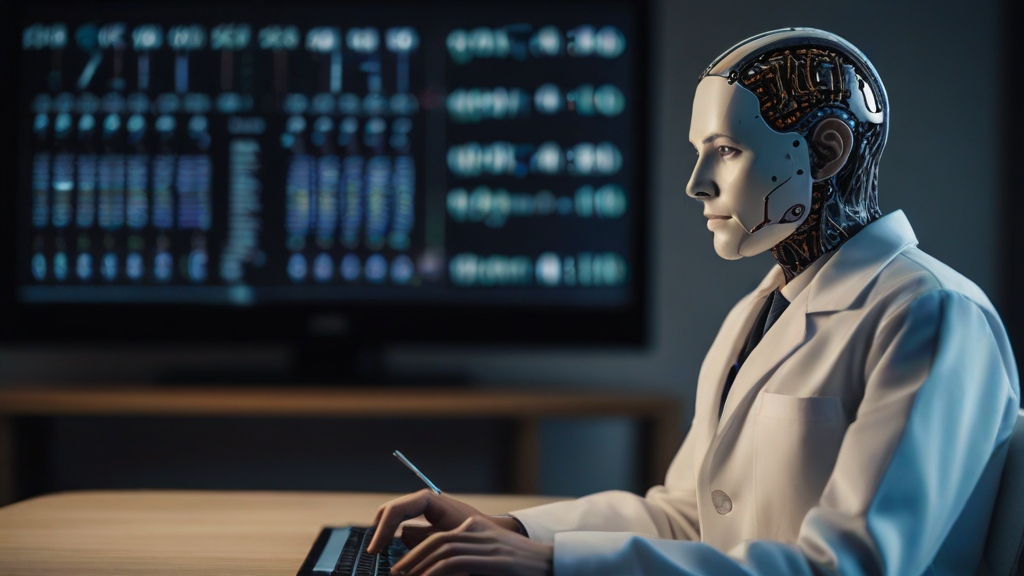AI and automation are increasingly prominent in a rapidly changing technological terrain, therefore, mental health professionals are facing new challenges, as they adjust to the new situation. The elevation of digital device-addressed therapy alarms the professional of individual psychotherapy methods.
AI disturbance in the mental health field
The worldwide AI market is anticipated to grow by many times, which could be $1,037 billion by 2030. The advancements in AI brought about by AI development have now paved the way for these mental health apps to allow for real-time interactions or conversations with their chatbot therapist. These applications like Wysa and Youper are on the other hand available 24/7, are cheap, and quick making them accessible to any person who wants to be in a good mental health state.
Though these applications are doubtful for the purpose 12 Although they attempt to give one aid, their ability to understand and address very complex human feelings seems out-of-reach. Likewise, the absence of regulation in the mental health app industry brings into question the character of care these apps provide. Online therapy how often do you find yourself confronted with that question? Some may consider going online for therapy, given its convenience and ease of access.
While all these changes are taking place on top of the ongoing process of traditional therapists adapting to the new treatment demands, lots of therapists you find now have the option of virtual consultations which gives clients the chance to do therapy at home over the internet. This adjustment became faster with the coronavirus outbreak and it has been going on even after the lockdown measures have been lifted.
Human connection vs chatbot therapy
As AI-driven therapy is devoid of a real human relation, one will have to inject their emotions, to provide a sense of a relationship between human and machine. Therapy is a harmonious process, and the bond between therapist-client is very crucial in the healing. Chatbots might be able to simulate talks, but it is impossible to talk to them like we do to a human body because they do not have the empathy and understanding that human interaction is built upon.
People are usually more content when someone acknowledges and sees their plight, which may be difficult to achieve using chatbots. Through therapy, it is much more than just “talking”; by combining human connection and empathy; it becomes possible. The secondary objective of therapy is to enable the use of individuals to interact with the world around them and build relationships, which may be difficult when they go into a relationship with chatbot therapy.
The future of therapy
The AI-based apps that have robust functionality still cannot completely substitute the quality and depth of care that a human faces during the traditional therapy approaches. Nevertheless, clinicians should not reject the entirely positive effects of implementation of technology into their practice Rather than fear technology as a tool to detach from human interaction, they should consider it a device to improve rather than replace human engagement.
Mental health professionals should always keep an eye fixed on the effect of AI on their trade and bear in mind that though AI increases service quality, there are still some areas of mental health care where there is a need for a human touch. While technology moves ahead and becomes more sophisticated, this becomes the core of finding the moderation between innovation and the basics of therapy.
This article originally appeared in Verdict





